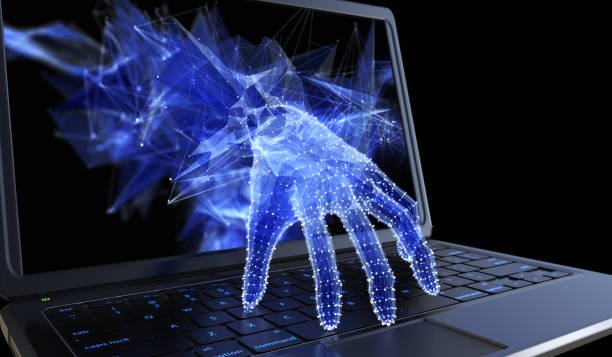On this page, we discuss ways in which online activists could practice good cyber safety to protect themselves against online threats:
Title: Navigating the Digital Terrain: Cyber Safety Practices for Online Activists
Introduction
In the wake of the digital revolution, online activism has become a powerful and important vehicle for social change. It offers an expansive platform for voices that might have otherwise been muted, creating avenues for dialogue, mobilization, and action. However, the increased visibility and potential impact of online activism also come with a greater risk of exposure to online threats.
Ways in which Online Activists Could Practice Good Cyber Safety to Protect Themselves Against Online Threats
Below we will explore ways in which online activists can practice good cyber safety to protect themselves against such threats:
Secure Your Digital Identity
The first step in safeguarding your online activity is securing your digital identity. This begins with basic practices like creating strong, unique passwords for all your accounts. Use a combination of letters, numbers, and special characters, and avoid using personal information that could be easily guessed. Utilizing a reputable password manager can help manage and protect your passwords.
Enable two-factor authentication (2FA) whenever possible. This adds an extra layer of security by requiring two types of identification before granting access to an account.
Be Mindful of the Information You Share Online
Information shared online can be exploited by malicious actors. Avoid sharing sensitive personal information like your home address, phone number, or birthdate. Also, be aware of the digital footprint you leave with every post, comment, or like. Regularly review your privacy settings on social media platforms to control who can view your content and personal information.
Regularly Update Software and Devices
Ensure that your devices and the software you use are up-to-date. Regular updates often include security patches to fix vulnerabilities that could be exploited by hackers. Using a reliable antivirus and firewall can further enhance the security of your devices.
Use Secure and Encrypted Communication Channels
When discussing sensitive topics, consider using encrypted communication channels. Services like Signal, Telegram, and ProtonMail offer end-to-end encryption, meaning only the intended recipient can read the messages. However, remember that no system is entirely foolproof.
Be Wary of Phishing Attempts
Phishing is a common method used by cybercriminals to steal sensitive information. Be skeptical of unsolicited emails or messages that ask for personal information, require immediate action, or contain suspicious links or attachments. Remember that legitimate organizations will typically never ask for sensitive information through email or text messages.
Digital Literacy
Understanding how digital platforms work, the data they collect, and how they use this data is crucial. Digital literacy also involves being able to distinguish between real and fake news, recognizing propaganda and manipulation tactics, and knowing your rights online.
Backup Your Data
Ensure that your important data is regularly backed up to an external hard drive or a secure cloud storage service. In the event of a cyber attack, data loss can be minimized if you have a recent backup.
Work in Networks
There is strength in numbers. Collaborating with other activists and organizations can offer mutual support and protection. Sharing information about potential threats, security updates, and best practices can improve collective security.
Conclusion
While the digital landscape offers immense opportunities for activism, it also presents unique challenges. By incorporating good cyber safety practices, online activists can protect themselves and continue their important work with confidence. It is critical to remember that cyber safety is not a one-time task, but an ongoing practice that evolves with the digital world. Staying informed, vigilant, and proactive is the best defense against online threats.

